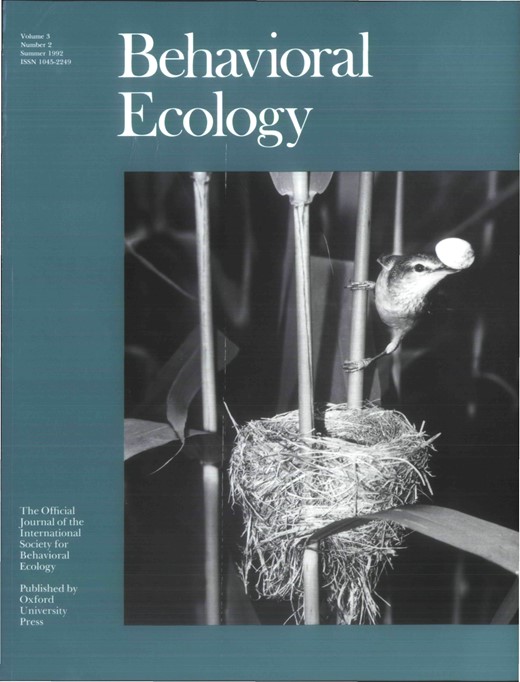-
Views
-
Cite
Cite
H. Kruuk, Scent marking by otters (Lutra lutra): signaling the use of resources, Behavioral Ecology, Volume 3, Issue 2, Summer 1992, Pages 133–140, https://doi.org/10.1093/beheco/3.2.133
Close - Share Icon Share
Abstract
Otters (Lutra lutra) deposit feces as scent marks (“spraints”) throughout their range, and observations on this behavior in Shetland were used to test the hypothesis that carnivores in group ranges use scent marking to signal priority of use of resources to other group members. Sprainting was seasonal (high rates coinciding with low prey availability), and there was no significant, overall difference in sprainting rates between otters of different sex or status. There were no concentrations of spraints near group territorial boundaries. Sprainting was associated with the beginning of feeding bouts, as well as with the utilization of other resources, such as fresh water and dens (“holts”). More than 30% of spraints were deposited in places that flooded within hours, and the spraints were functional only for a short time. It is argued that the temporal pattern of use and subsequent replenishment of resources makes it advantageous for otters to signal to other group members when they are exploiting a “patch” and for other members to avoid resources already partly depleted by a prior arrival. With such a signaling system there is no need for actual aggressive encounters to reinforce the message of scent marking. Sprainting could be the mechanism for the observed spaced-out use of resources among the inhabitants of a group territory.




